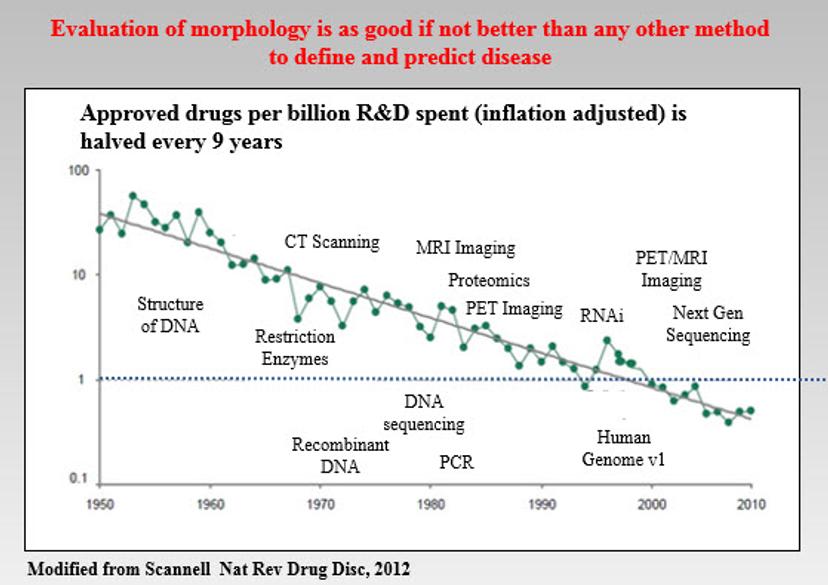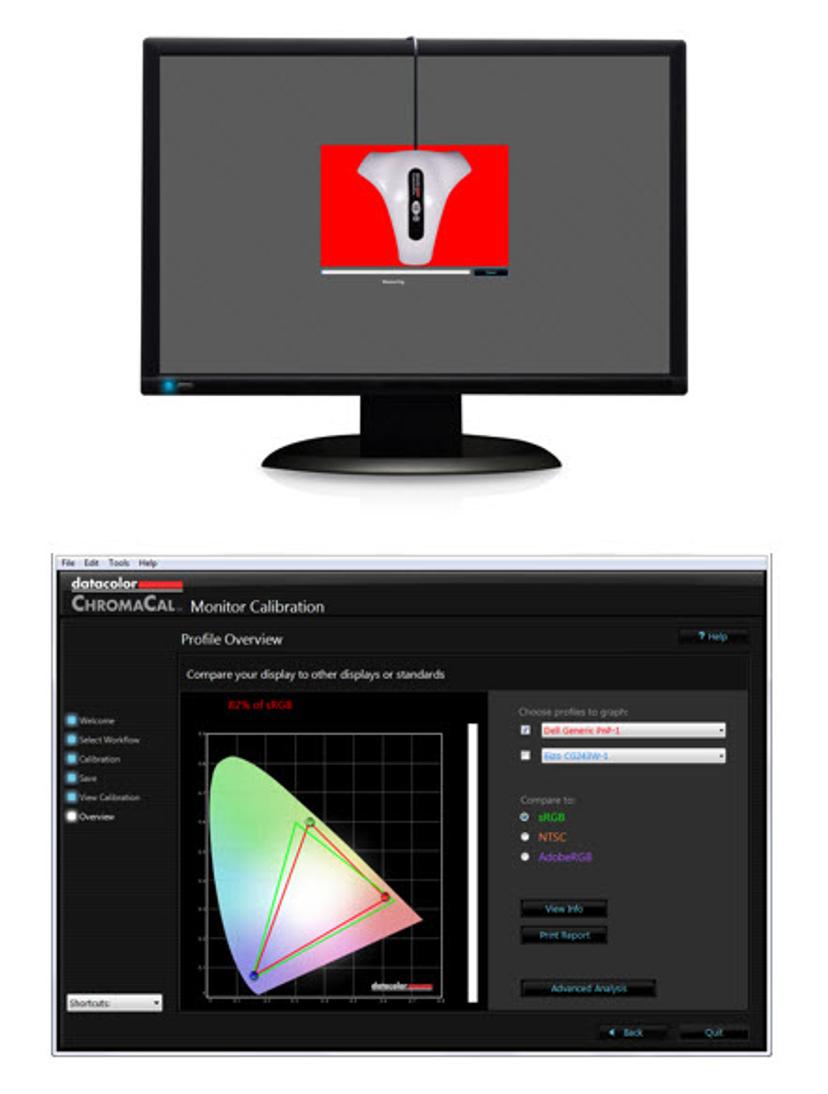Digital Images as Data: Controlling Your Imaging for Analysis: An Interview with Dr. Stefan Hamann
5 Mar 2015
Datacolor recently hosted a webinar with Dr Stefan Hamann of Biogen Idec. The audience response was overwhelmingly positive, so Datacolor conducted a follow up interview with Dr Hamann, delving deeper into some key topics of his webinar.
Dr Stefan Hamann, PhD is a Senior Scientist in the Translation Pathology Laboratory at Biogen Idec. Dr Hamann has been active in the area of Systems Pathology for over 12 years and has developed multiplex biomarker technologies for the first commercial prognostic prostate cancer test, launched in 2006. He received his PhD in Molecular Biology from the University of Hamburg, Germany, and completed his post-doctoral training at Yale University, where he developed technologies for expression profiling and mutational load distribution analysis. Dr Hamann’s current research focuses on the application of whole slide imaging and image analysis in the pharmaceutical industry.
Datacolor: Let’s first paint a picture of the landscape for whole slide imaging and digital pathology. How would you assess the progress in R&D spending efficiency over the past century?
Dr Hamann: When you look at data published in 2012 in Nature Reviews of Drug Discovery, there is a clear downward trend in the number of drugs approved per billion dollars in R&D spending over the last 60 years. This is despite the tremendous advancements in technologies such as recombinant DNA and genome editing. The current economic model is not a sustainable situation.

Datacolor: Why haven't these technologies impacted the efficiency of drug development as everyone expected? Is there something missing from the equation, and how do we correct it?
Dr Hamann: There is not a single cause, but I believe a significant factor is that all these technologies lack morphology and the context of morphology. I like to use the analogy of taking the Mona Lisa and reducing it to the three-color histogram in Photoshop. Obviously when only looking at the histogram, something is missing, there is something lost, a really important part of it. We need to transform pathology into a quantitative science. There must be high performance verification and high context at the same time. If this happens, you can predict that all of the low context technologies (genomics, proteomics, etc.) can be tied together by morphology and therefore become more context dependent and hopefully facilitate more efficient drug development.
Datacolor: The phrase "digital pathology" is often described in a number of ways. How would you describe and characterize it?
Dr Hamann: I think digital pathology is best described as the application of the principals of quantitative science and automation within the area of pathology. The key word here is "quantitative." Historically, pathology has been a really subjective discipline, and I think by adding the quantitative element there is a lot to gain. Digital pathology essentially rests on three pillars, all of which are equally important: standardization, quantification and automation. But it's not enough to let the machines do the work, you have to add quality control at each step.
Datacolor: In the slide scanning arena, do you see a current weakness with quality control?
Dr Hamann: For lack of a better word, whole slide scanners are really black boxes where you insert the physical slide on one end and then you have to trust that the digital slide is an accurate representation of what's going on in that tissue. The thing that really keeps me up at night is how accurate and linear these systems really are? And even if they are linear the day they are set-up in the lab, do they stay linear over time or do they deteriorate? How can users of the whole slide scanners ensure the integrity of the data being generated?
Datacolor: Where does the ChromaCal technology come into play?
Dr Hamann: In June last year, I was introduced to the color calibration technology newly offered by Datacolor. The ChromaCal system includes a color standard slide that can accommodate two purposes: color-calibrating – or color-standardizing – your digital images, and also as a diagnostic tool to test the linearity of your imaging system. I am only using the linearity tool. But even this limited use has proven to be very valuable. I am now able to independently test my imaging systems and then adjust to be sure all my systems have a similar linear state. The ChromaCal software also provides the ability to export data so that I can monitor the ongoing linearity of my systems. I found ChromaCal very intuitive and easy to use. You can learn it in about 10 minutes. And the graphical representation of the data is very helpful, in addition to easily exporting data for tracking purposes.
Datacolor: Have you actually seen the impact of a linear vs. non-linear system?
Dr Hamann: Yes. We use Visiopharm image analysis software to analyze our digital slides. On a recent study, we looked at results on the same imaging system, both in its default state (which we determined to be non-linear using the ChromaCal tools) and after correction using the ChromaCal diagnostic tool. The results show that it absolutely matters if your system is delivering a linear response. The impact can go either way; you can get a false negative or a false positive depending on the particular layout of your experiment. I think it's really important to be aware that linearity can have an impact on your results and that is reason enough to have linear systems in place.
Datacolor: How important is ChromaCal as a diagnostic tool for you?
Dr Hamann: The accuracy of tissue biomarker quantification requires linear image acquisition. I think everyone can appreciate this point. But it may come as a surprise to some that imaging systems are not always linear by default from the manufacturer. It is not possible to judge the accuracy of your imaging system by just looking at your digital images; you would never notice it. In my opinion, ChromaCal used as solely diagnostic tool is very valuable.
Datacolor: Are there other aspects of ChromaCal that are valuable?
Dr Hamann: The system also provides a sensor and software to carry out monitor calibration. This provides an objective method to automatically adjust color on displays to a consistent and accurate basis. I have four monitors at my workstation and, before ChromaCal, I could see color variations among all four, high-resolution monitors from the same manufacturer. After calibration, my monitors now display color consistently, which is a huge benefit to someone who spends a lot of time evaluating stains on digital slides.
Datacolor: You have spoken mainly about whole slide and automated imaging systems. Do you think ChromaCal can also be valuable with traditional microscopes?
Dr Hamann: Yes, definitely and probably even more so. There are a lot more variables, with traditional microscopes, that would affect linearity. In these environments, you have multiple users using the same microscope and everybody can change settings on the system. So, when you start to take images you really don't know where the current state is. Overall, I think the calibration slide can be even more important in WSI environments where there is more limited user interface.
Datacolor: Now that you’ve used ChromaCal for a few months, what would you like to see in the future regarding whole slide imaging capabilities?
Dr Hamann: Something I would be looking forward to in the future would be for manufacturers to integrate ChromaCal or its capabilities into the software/hardware of the slide scanners. As a result, we could achieve a calibrated and validated environment every day by default.
Datacolor: Dr Hamann, thank you for your time. Do you have any final thoughts that you would like to share?
Dr Hamann: Yes. I always say there are two ways to do imaging. One way is to create nice pictures, the other is to create actual data. For digital pathology imaging, we are interested in actual data.



Watch the webinar here
